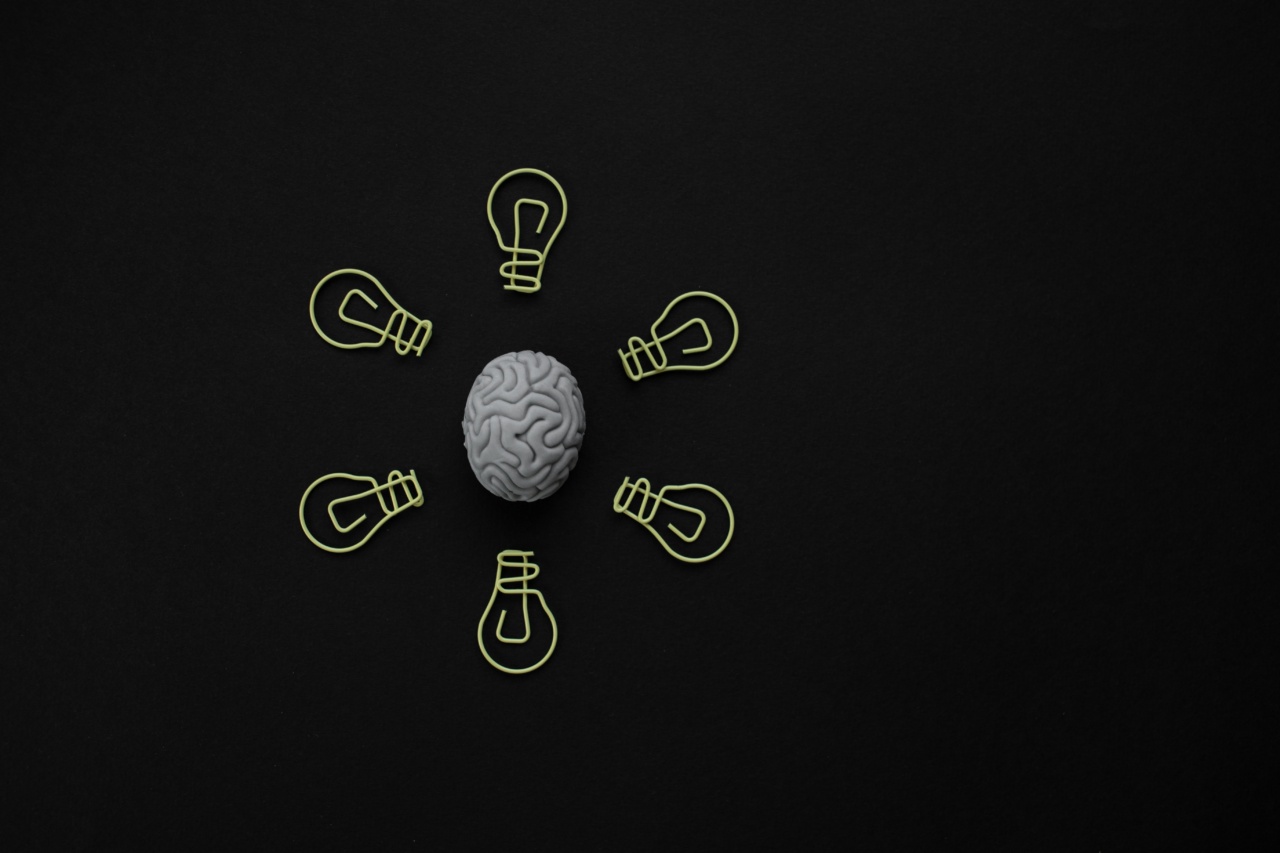Bladder-shaped growths in the brain are a rare occurrence that can have significant implications for an individual’s health.
These growths, known as bladder stones or neurocysticercosis, are caused by the parasitic infection of the central nervous system. In this article, we will explore the diagnosis and treatment options for bladder-shaped growths in the brain, shedding light on this condition and its management.
Symptoms of Bladder-shaped Growth in the Brain
The symptoms of bladder-shaped growths in the brain can vary depending on the size and location of the growth. Some common symptoms that individuals may experience include:.
- Headaches
- Seizures
- Nausea and vomiting
- Weakness or numbness on one side of the body
- Difficulty with balance and coordination
- Changes in vision
- Mental confusion or personality changes
If you or a loved one experiences any of these symptoms, it is crucial to seek medical attention promptly for a thorough evaluation and diagnosis.
Diagnosis Methods for Bladder-shaped Growth in the Brain
Diagnosing bladder-shaped growths in the brain often involves a combination of medical history assessment, physical examination, and medical imaging tests. Some common diagnostic methods include:.
1. Medical History Assessment:
A healthcare professional will inquire about the patient’s symptoms, medical history, and exposure to risk factors such as travel to regions where parasitic infections are more prevalent.
2. Physical Examination:
A comprehensive physical examination can help identify neurological abnormalities that may indicate the presence of bladder-shaped growths in the brain.
3. Imaging Tests:
Imaging tests play a pivotal role in the diagnosis of bladder-shaped growths in the brain. Some commonly used imaging techniques include:.
a. Magnetic Resonance Imaging (MRI):
MRI uses powerful magnets and radio waves to create detailed images of the brain. It can provide clear visualization of the bladder-shaped growth and its location.
b. Computed Tomography (CT) Scan:
A CT scan uses X-rays and computer technology to generate cross-sectional images of the brain. It can help identify the presence and location of bladder-shaped growths.
Treatment Options for Bladder-shaped Growth in the Brain
The treatment plan for bladder-shaped growths in the brain is highly dependent on several factors, including the size, number, and location of the growths, as well as the overall health of the patient. Some common treatment options include:.
1. Medications:
Anti-parasitic medications are often prescribed to kill the parasites causing the bladder-shaped growths. These medications may help reduce the size or eliminate the growths completely.
2. Surgery:
In cases where the bladder-shaped growths are large, causing severe symptoms, or inaccessible for medications to reach, surgical intervention may be necessary. Surgery aims to remove the growths and alleviate any pressure on the brain.
3. Stereotactic Radiosurgery:
Also known as Gamma Knife radiosurgery, this non-invasive procedure uses precise radiation beams to target and destroy bladder-shaped growths in the brain.
Management and Prevention
After diagnosis and treatment, management strategies are implemented to help individuals recover and reduce the risk of recurrence.
These strategies may include regular follow-up appointments, monitoring for any new symptoms, and adhering to any prescribed medications or lifestyle modifications.
Preventing bladder-shaped growths in the brain primarily involves practicing good hygiene and avoiding exposure to the parasites that cause this condition.
This includes proper handwashing, drinking clean and treated water, and avoiding the consumption of undercooked or contaminated foods.
Conclusion
Bladder-shaped growths in the brain, although rare, can have profound impacts on an individual’s health and quality of life. Timely diagnosis and appropriate treatment are essential for managing this condition effectively.
By understanding the symptoms, diagnostic methods, and treatment options discussed in this article, individuals can be better equipped to navigate bladder-shaped growths in the brain.





























